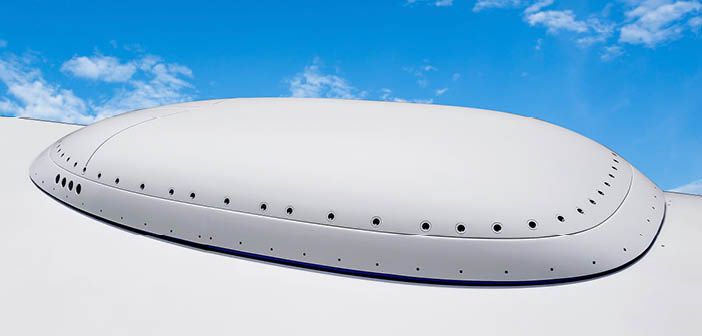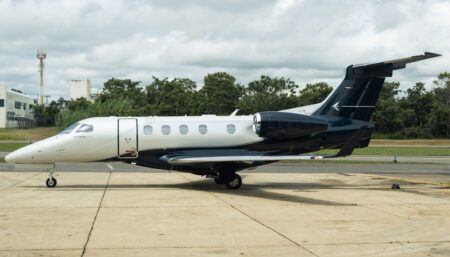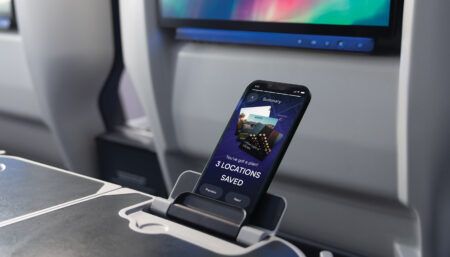A new study, conducted by David Lednicer, vice president of engineering at Aeromechanical Solutions, has indicated very low drag values for ThinKom Solutions’ Ka-band satellite antenna on regional jets.
Lednicer conducted a series of computational fluid dynamics (CFD) analyses to predict the drag and incremental fuel burn for ThinKom’s Ka2517 antenna on different regional jet airframes under representative cruise conditions. In all cases, the drag increase due to the installation of the antenna was determined to be less than 0.4% of the aircraft’s cruise drag, according to Lednicer’s report.
The study used the Star-CCM+ Navier-Stokes CFD program, which allows all of the flow physics to be modelled. The regional jets evaluated in the study included the Boeing 717; Embraer ERJ-145 and ERJ-175; and Bombardier CRJ-200, CRJ-550 and CRJ-700.
“The design of the Ka2517 has been driven by lessons learned in the design of several generations of satcom radomes,” said Lednicer. “With each generation the radome shapes have been refined for lower drag, reduced aerodynamic impact on the host aircraft and improved bird-strike resistance. The smaller, lower-profile antennas of the Ka2517 have enabled achievement of a new high watermark in radome design.”
“This independent analysis by a recognised industry expert confirms the feasibility for airline carriers to outfit their regional jet fleets with broadband inflight connectivity (IFC),” said Bill Milroy, chief technical officer of ThinKom Solutions. “It’s imperative that aerodynamic drag and weight be minimised to make satellite IFC economically viable on these aircraft.”
“Adding IFC to regional fleets will enable airlines to enhance customer loyalty by offering a common IFC experience across their entire wide-body, narrow-body and regional fleets,” added Milroy. “Other capabilities such as uninterrupted gate-to-gate service on the tarmac and the move toward free wi-fi will only accelerate the deployment of IFC services throughout the airlines’ entire fleet.”
ThinKom’s Ka2517 phased-array antennas, currently in production, are operational on a fleet of US government aircraft, with multiple commercial STC projects underway. ThinKom reports that the antennas have successfully completed inflight demonstration tests on a range of LEO, MEO and GEO networks with fast, seamless satellite-to-satellite and constellation-to-constellation beam switching.





